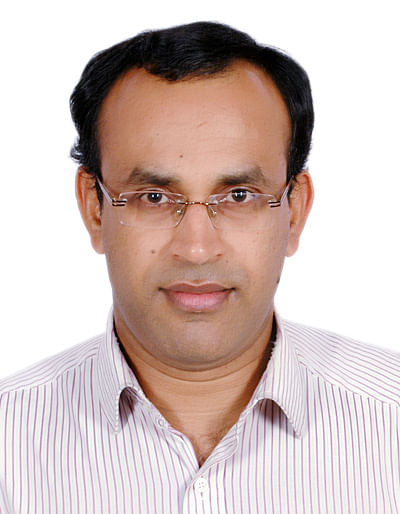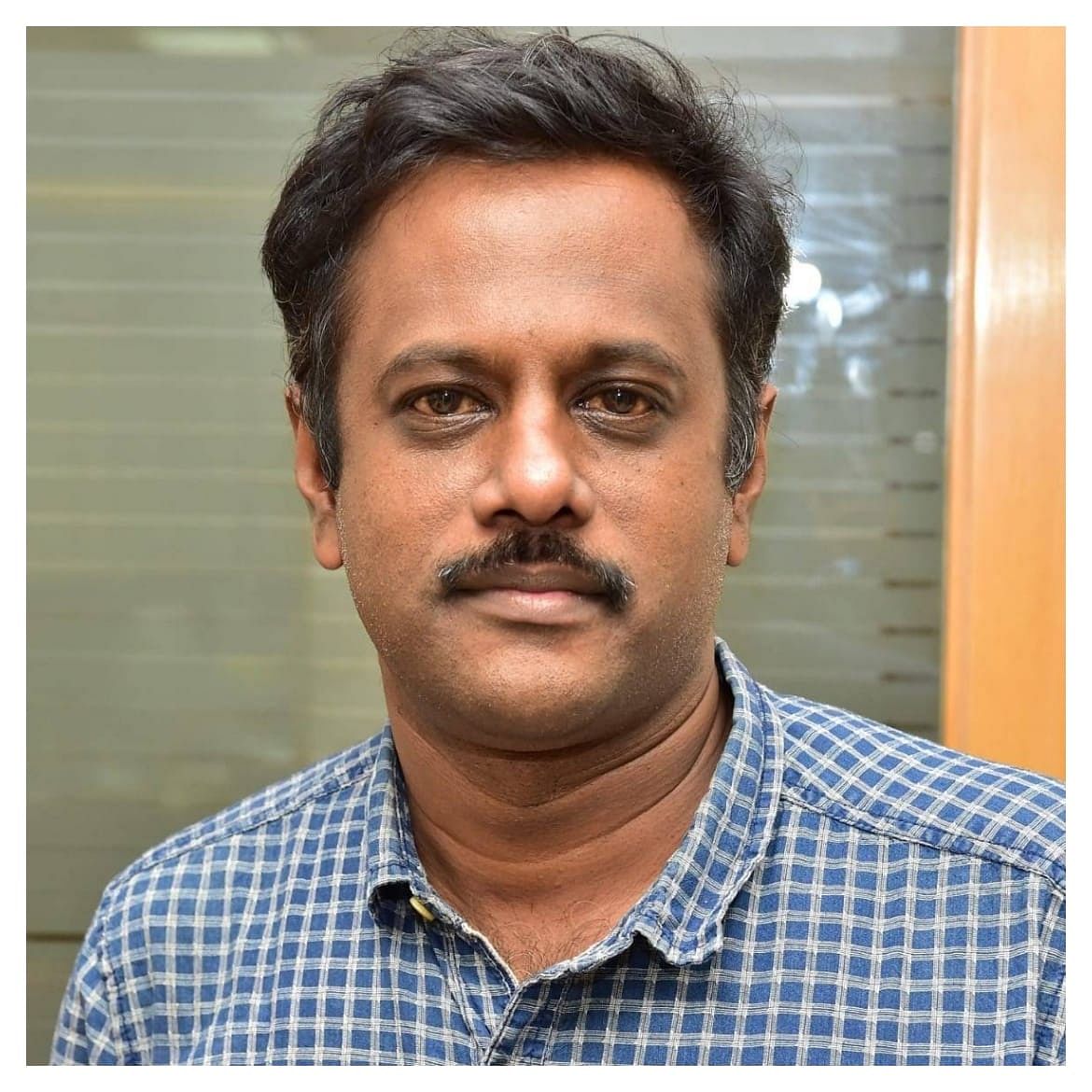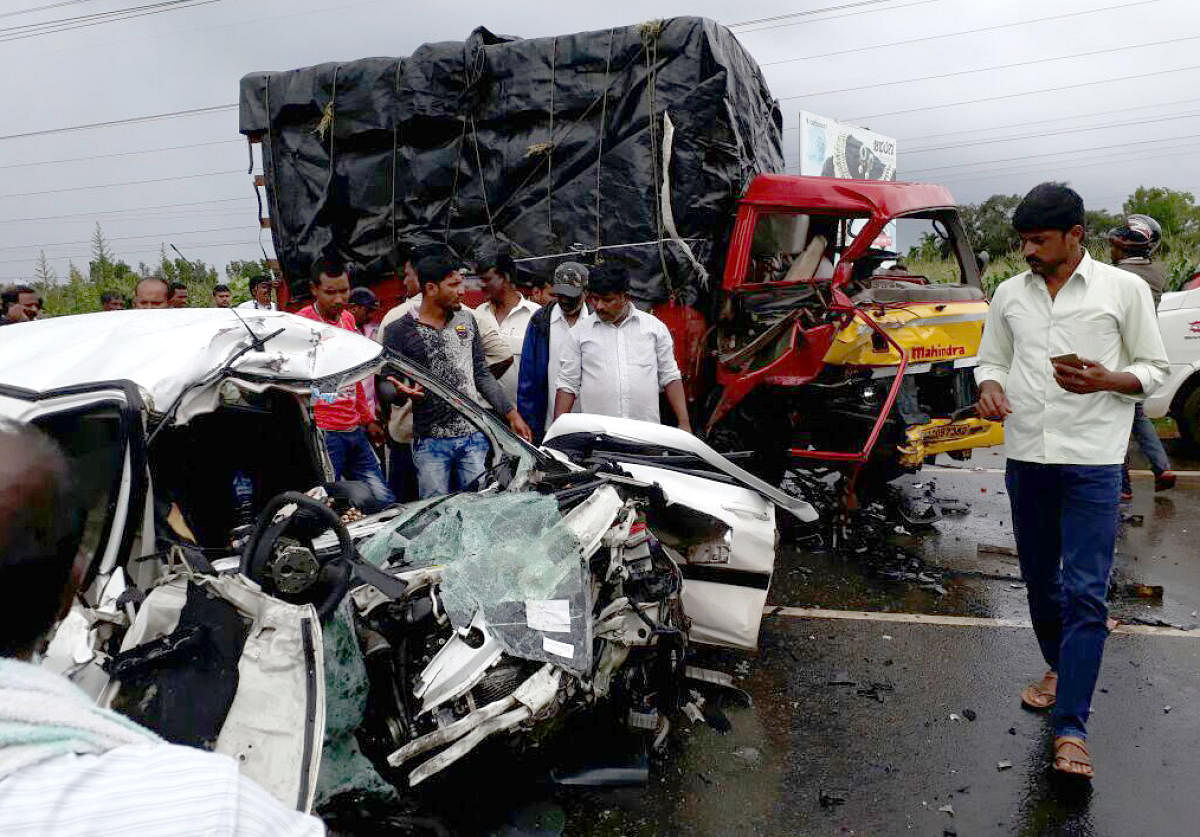In 2015, India adopted The Brasilia Declaration, committing to cut down deaths by road accidents by half by 2020. However, the number of deaths has actually increased, though marginally, from 1,48,707 in 2015 to 1,54,732 in 2020. Despite several measures being taken to realise the goal, why have Indian roads continued to be death traps?

The causes of road accidents are several and often, it is the result of an interplay of various factors like human error, road environment and vehicular condition. From untrained drivers, poor road design to the lack of traffic signage and inadequate road literacy, a number of reasons are cited for the unending accidents. The increase in the number of vehicles, poor quality helmets, and scant regard for traffic rules also find a place in the top of the list of the causes of rising accidents.
Since 2000, there have been 81,49,079 accidents, 24,24,251 deaths and 88,60,070 injuries, making India’s roads one of the most dangerous in the world.
Unfortunately, a majority of the accidents and even deaths are caused by situations that are avoidable. In October 2017, a woman was crushed by a truck in the heart of Bengaluru city while she was trying to avoid a pothole. The Karnataka government had to swing into action to fix the scarred roads after four people died in a week in accidents caused by potholes in that month. However, not much has changed on the ground.
The government says the number of accidents, deaths and injuries has somewhat stabilised since 2010 "with only marginal year to year fluctuations". However, the World Road Statistics 2018 puts India right at the top of 199 countries when it comes to the total number of fatal road accidents, while the World Health Organisation's (WHO) Global Report on Road Safety says the country accounts for almost 11% of such deaths across the globe.
Measures like weeding out bogus driving licences, setting up modern drivers' training schools, the rectification of black spots, crash barriers, road safety audits, making BIS specified helmets mandatory and the imposition of hefty fines on violators by amending the Motor Vehicles Act have been taken but when it comes to implementation, authorities lack intent. The 'Good Samaritan' rules put in place by the authorities have not yet instilled confidence among the public, who still fear that they might land in trouble if they take an accident victim to the hospital.
Designed to kill
When it comes to design, engineering norms are often circumvented, leading to faulty roads that are accident-prone, especially in rural areas, which accounted for 59.5% of the accidents last year. A senior official attributed the huge quantum of accidents in rural areas to faulty roads, which are built defying the norms set by the Indian Road Congress, and cited the example of curves on roads and potholes. "Not just that, most of them are in a dilapidated condition, the curves where a large number of accidents take place are faulty. When the road does not have a proper width, the ratio between the width and slope is compromised. This leads to accidents. Removing potholes does not happen most of the time," he said.
The Road Accidents in India 2018 report by the Ministry of Road Transport and Highways (MoRTH) showed that roads with sharp curves, potholes and steep gradient tend to be more accident-prone because successfully negotiating them requires skill, extra care and alertness. The report also said that bridges, curved and straight roads saw the largest rise in accidents.
As per National Crime Records Bureau data (NCRB), the national (NH) and state highways (SH), which respectively cover just 1.9% and 2.97% of the 58 lakh km of the road network in the country, accounted for 29.4% and 24.5% of the accidents last year. "These accidents are caused due to the tendency to over-speed on the good quality of Expressways and Highways wherein the safety parameters are often compromised to reduce costs," K K Kapila, President Emeritus of International Road Federation (IRF), told DH.
To circumvent land acquisition troubles, a former Public Works Department official said that engineering standards are generally compromised. Kapila concurred and said, "For instance, curves of appropriate radius are compromised with those of lesser radius to reduce land acquisition costs. In fact, in PMGSY (Prime Minister's Grameen Sadak Yojana) roads, the mandate has been to develop existing roads only and not to go for land acquisition. As such, while connectivity has been the focus, the engineering requirements have been compromised frequently," he says.
Land acquisition troubles also prompt authorities to water down the necessary requirements while developing new highways. When highways run through villages bifurcating them, not much attention is given to construct underpasses at reasonable distances. This prompts people to cross the highways negotiating the speeding vehicles. "This aspect is overlooked, which hinders the movement of villagers living on either side of the road. Quite often, these are curtailed and later taken up when it becomes a black spot — a spot where many accidents take place," Kapila adds.
Road discipline
A senior Delhi Police official said road literacy is one thing that is lacking among drivers. "They think it is for the other drivers to follow rules and not for them. They put the responsibility on others, not on themselves," he said. Over-speeding caused 59.6% of the total accidents last year, while 25.7% of accidents took place due to dangerous driving, including jumping traffic signals, the NCRB report said.
The MoRTH report of 2018 echoed the trend while attributing 29% of deaths to not wearing helmets and 16% to not using seat belts. Another aspect that is overlooked is that people tend to continue driving unfit vehicles, as the MoRTH report found out that 41% of the vehicles involved in accidents were more than 10 years old.
Experts and officials say more traffic police on the streets will reduce accidents. According to the Bureau of Police Research and Development, the vacancy in traffic police is pegged at 26.31% as on January 1, 2019. Across the country, only 72,885 personnel are actually deployed on traffic duties, against a sanctioned strength of 98,909. Most of the traffic police personnel are not adequately trained while in some cases, personnel are transferred to the wing as a punishment.
Also, police forces often conduct special drives, focused on imposing fines rather than using other ways to effectively enforce traffic rules.
Union Road Transport Minister Nitin Gadkari has set a target of reducing accident deaths by 25% by March 2021 but to achieve this, experts and officials say a lot needs to be done. The Centre has identified several measures to be adopted but there should be thrust on implementation; local authorities need to continuously conduct road audits, deploy adequate traffic personnel and ensure that road designs concur with the engineering norms, they said.
Efforts for imparting road literacy is another aspect highlighted by experts, who also say that traffic police should be given the same importance as the law and order wing. India has already missed the target to halve road accident deaths by 2020. Urgent steps need to be taken to ensure that it gets on track to meet the new target.


